I have not walked enough of Hawaii to know it. On foot, Hawaii is the size of kingdoms—fairy-tale-sized kingdoms with what to a landlubber falsely appear to be obvious borders, the channels between the islands. Of course the channels connect the islands, and the sea is the largest part of Hawaii. Hawaii’s borders are far beyond the horizon. So mainlanders don't get Hawaii--we see it backward.
Thus we have the idiom “mysterious island” in our westernized/westernizing world culture, from the Odyssey to Jules Verne and old 50s movies, ready to furnish man-eating plants and have a secret. It doesn’t matter what the secret is; we merely have to not know it—to keep the secret, even from ourselves. Such is the outsider’s knowledge.
Sometimes I think maybe nothing is entirely wrong, even our fairy-tales. The islands of Hawaii were once warring kingdoms, and on Maui as on the Big Island the ruins of fortifications can still be seen. Hawaii’s warring states era was conducive to ruin, we can be sure, and mercifully the wars were ended by Kamehameha with the unification of the islands into a single polity.
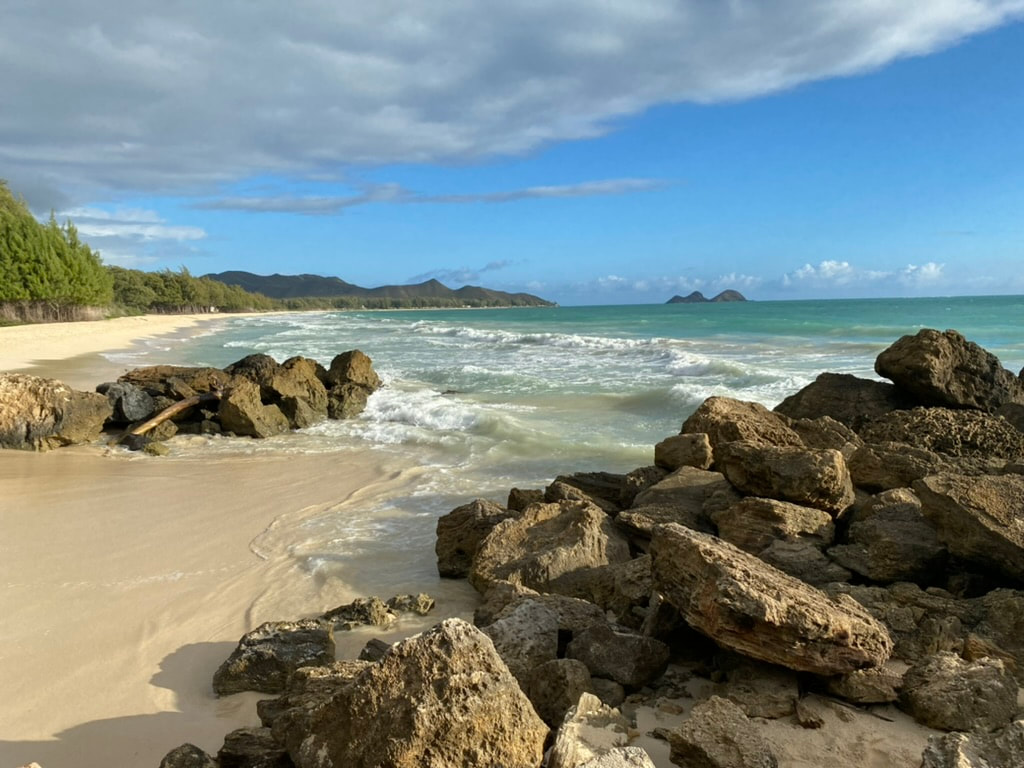
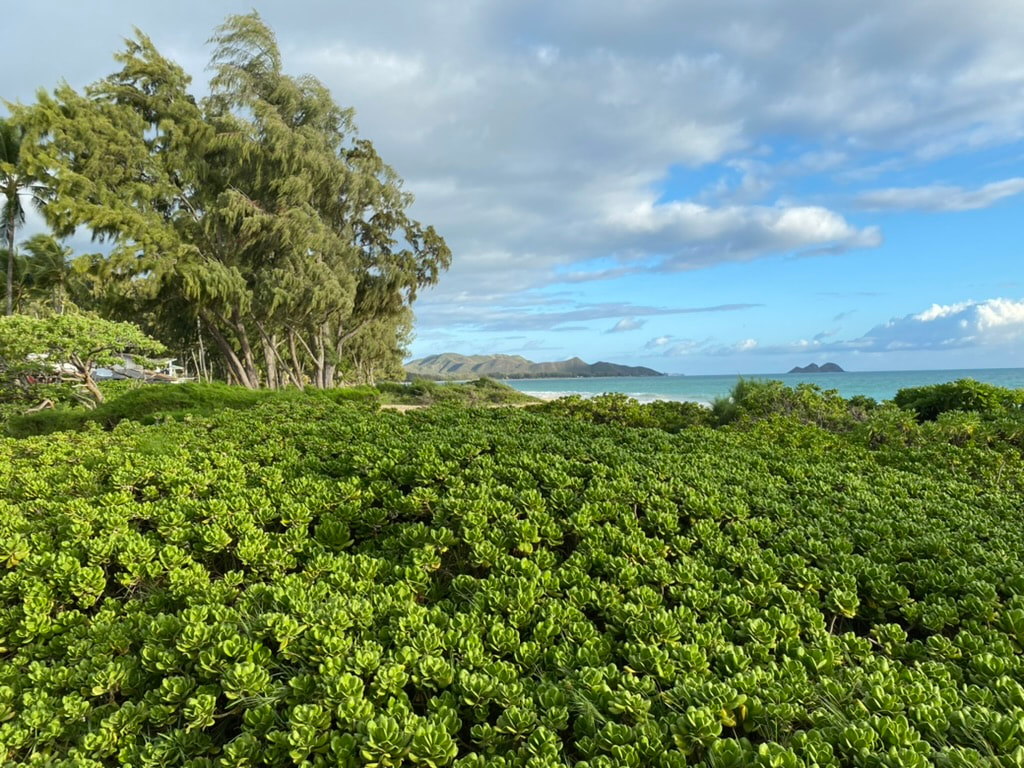
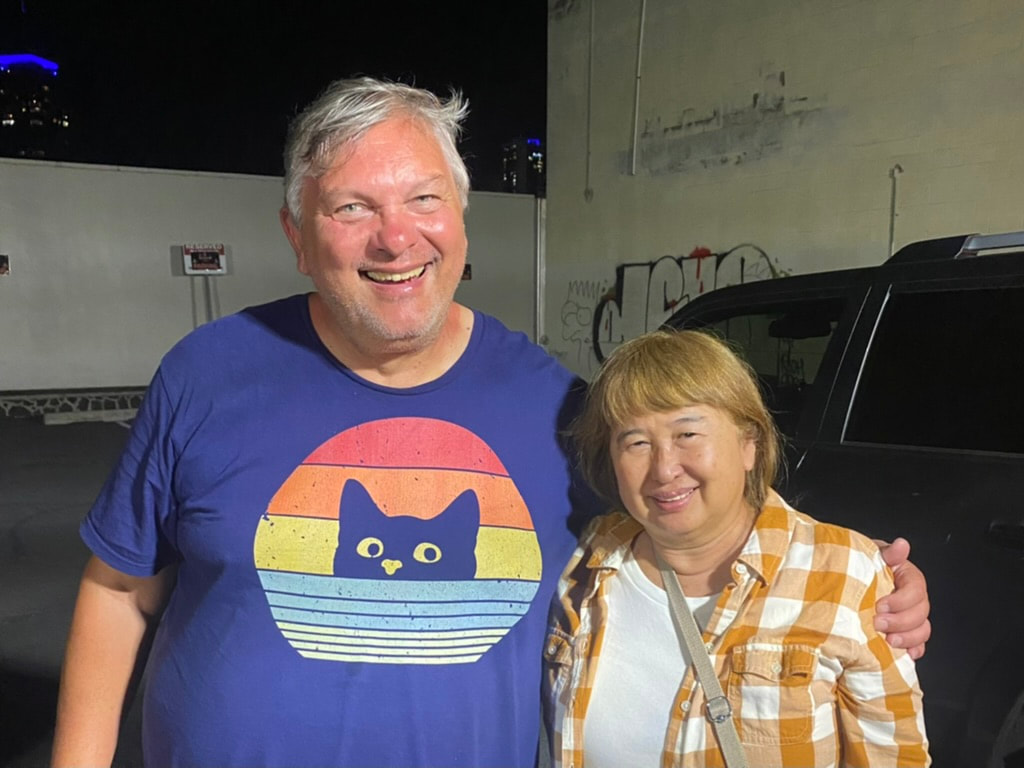
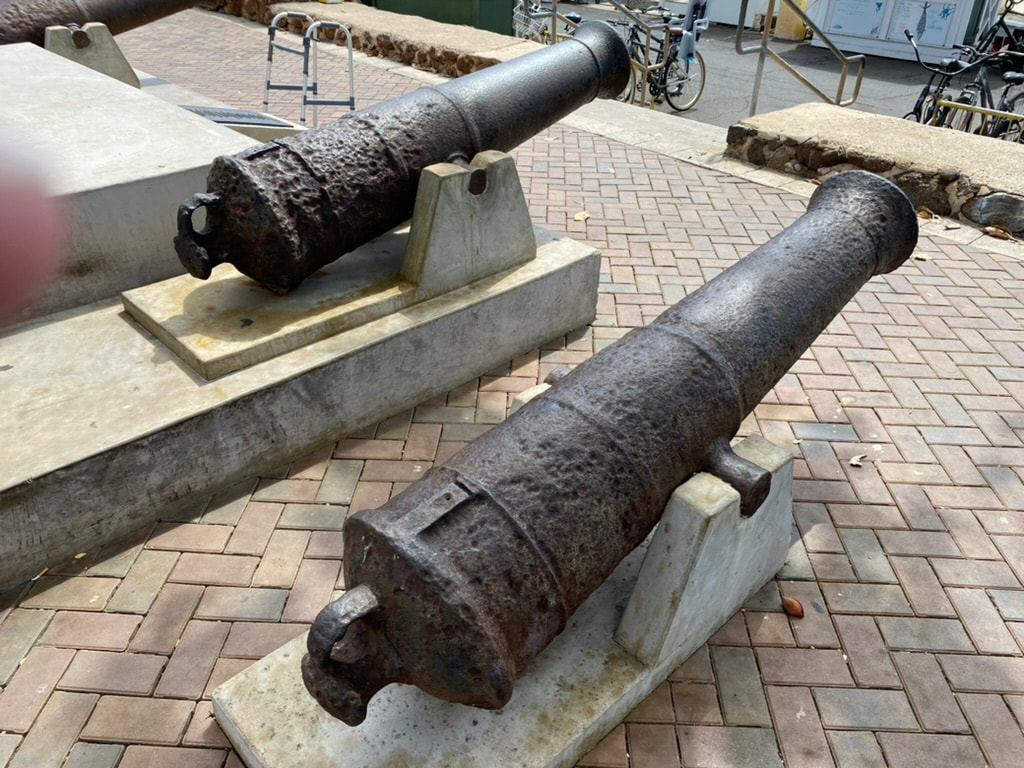
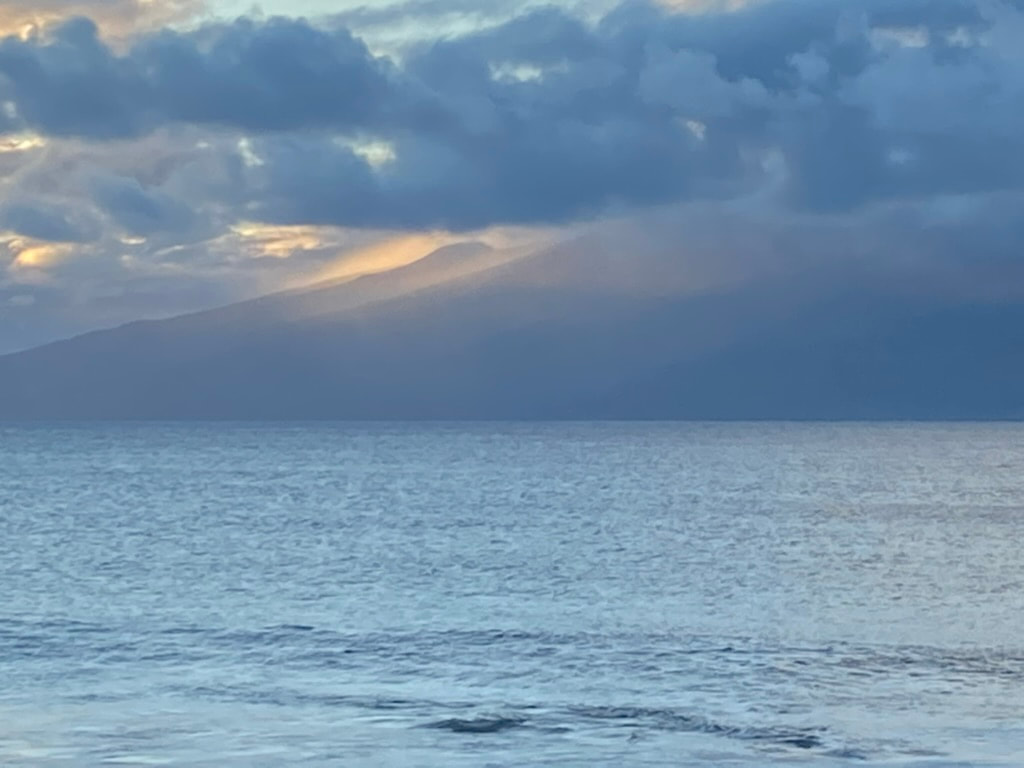
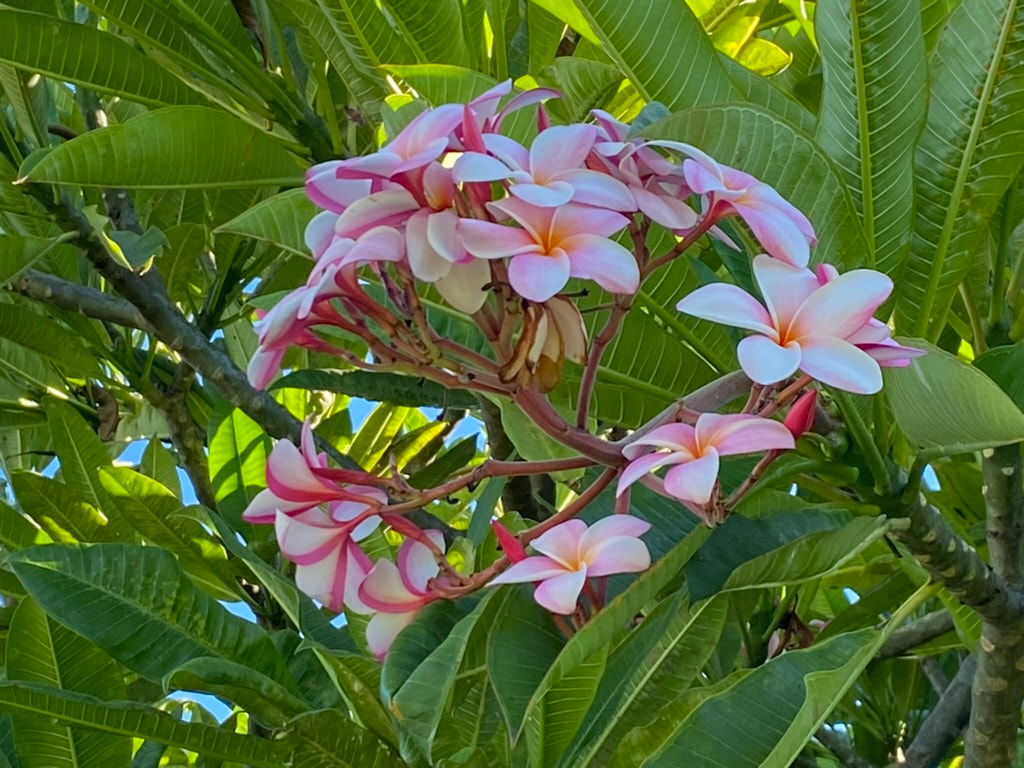
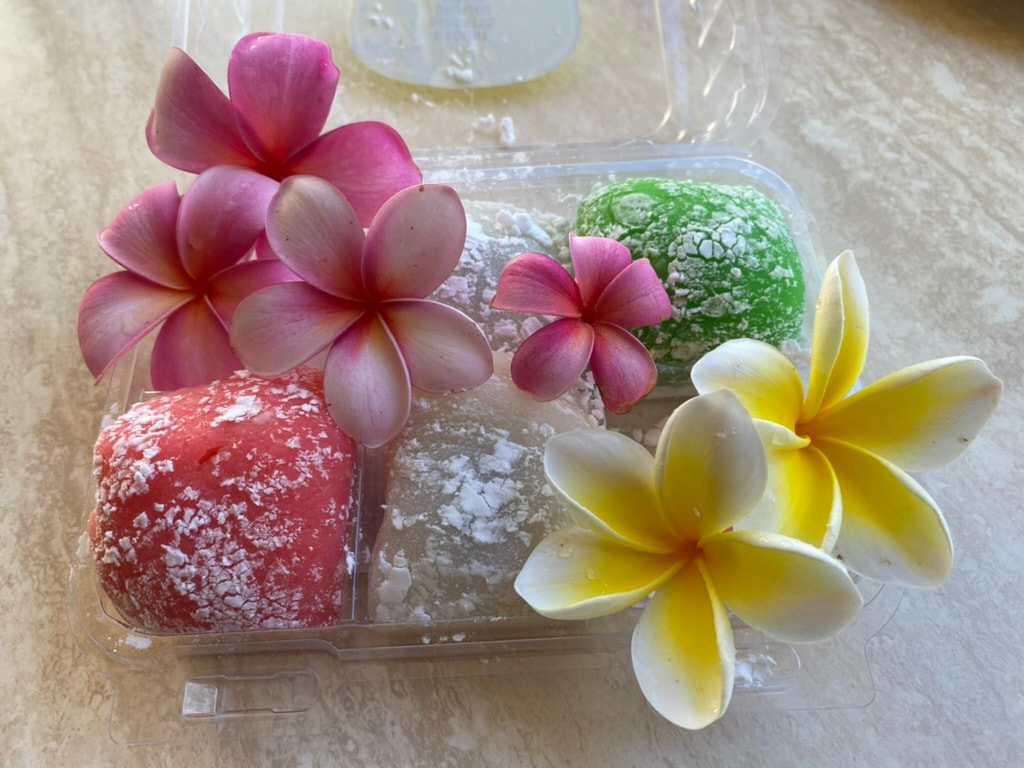
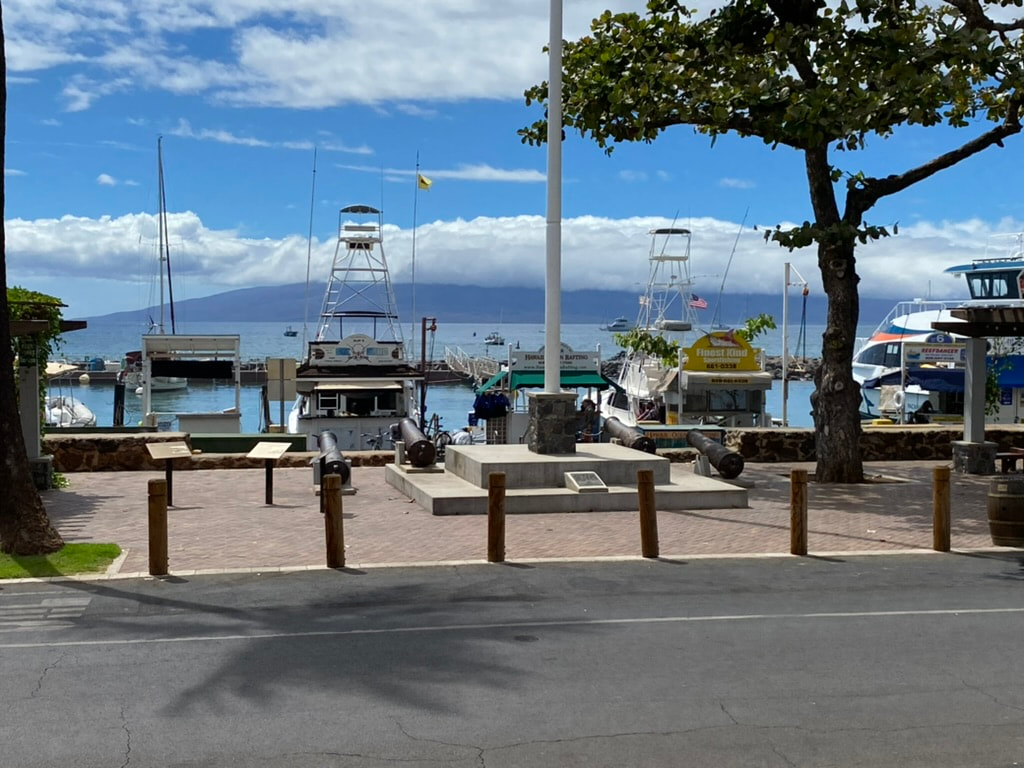
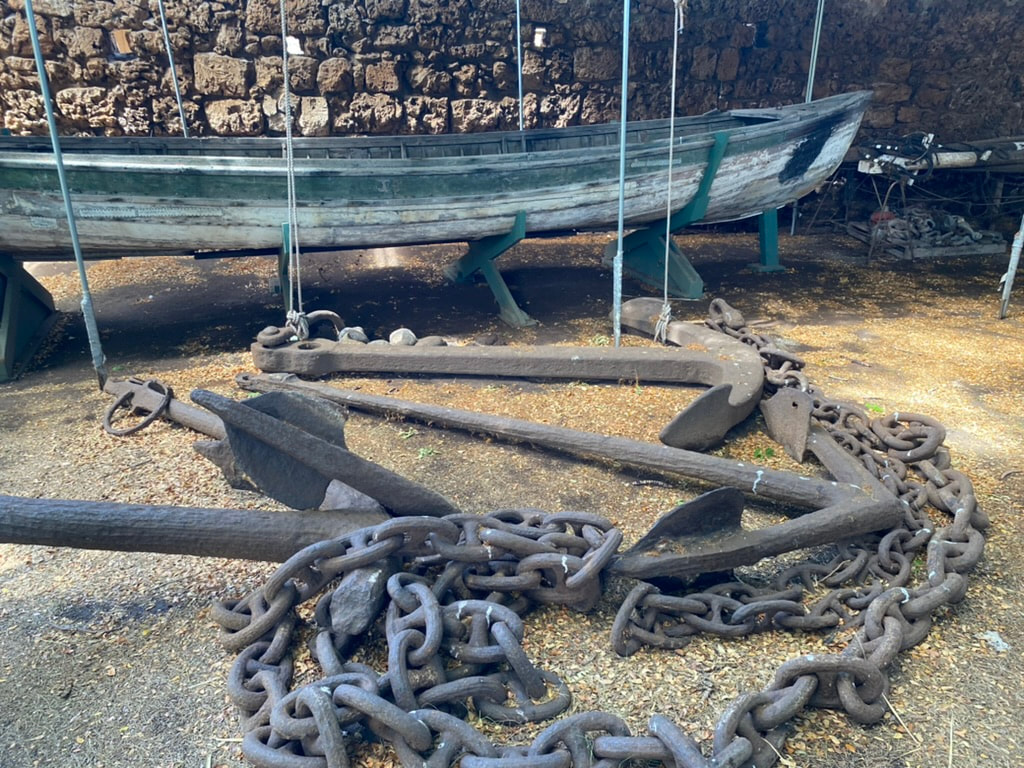
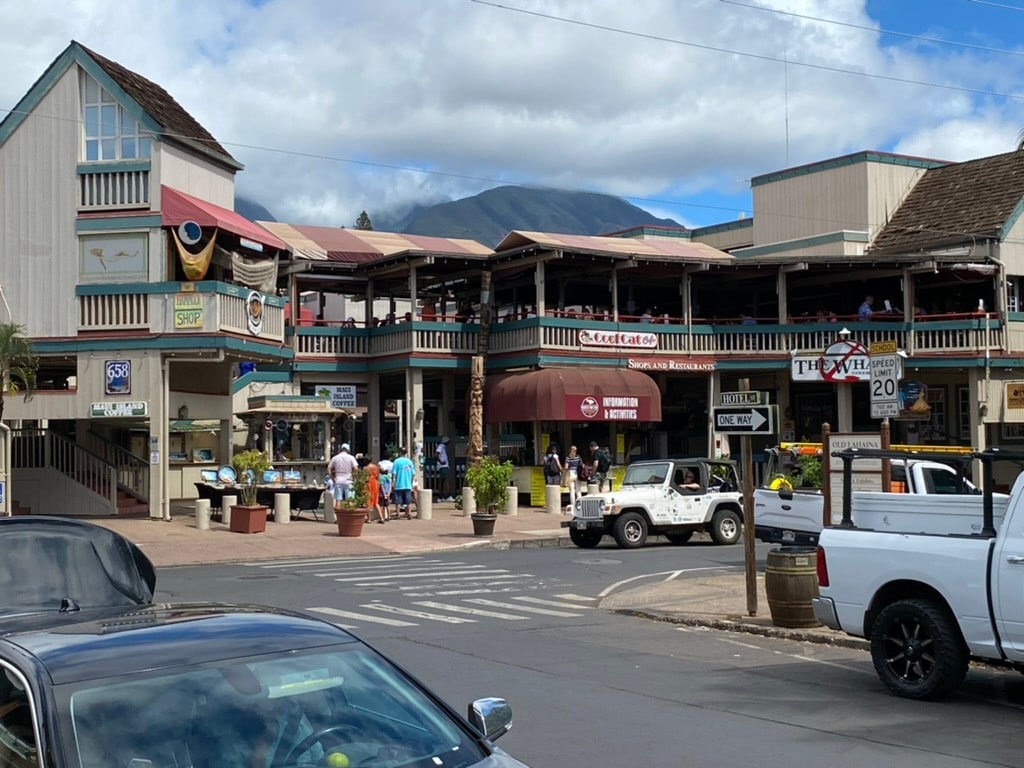
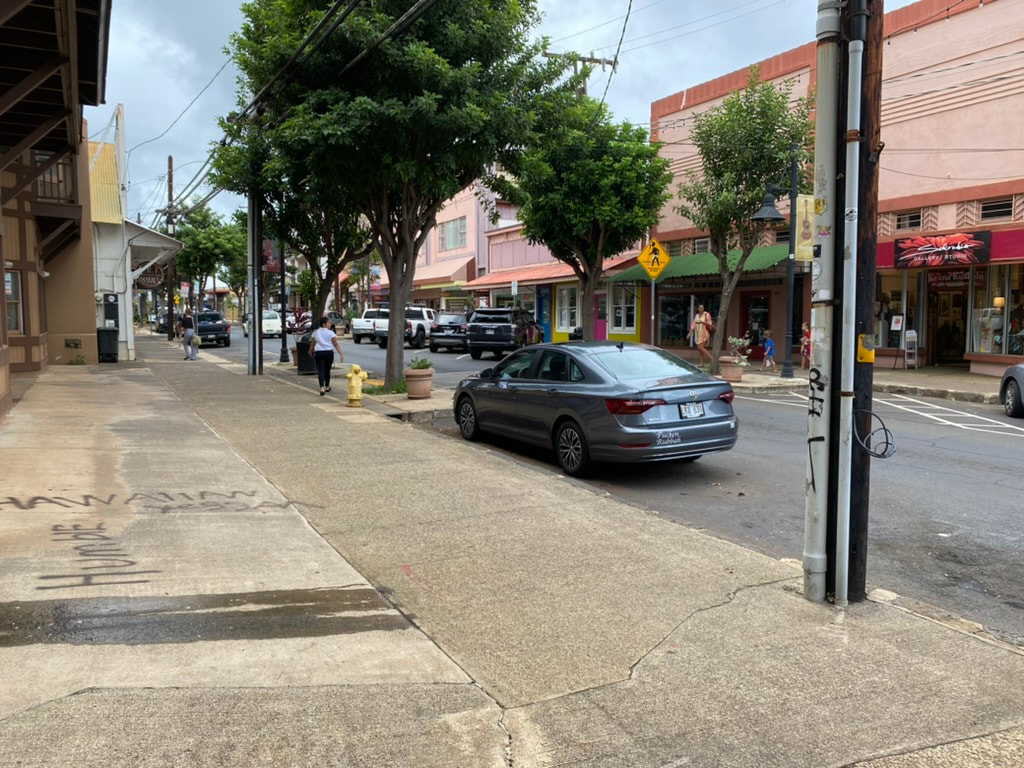
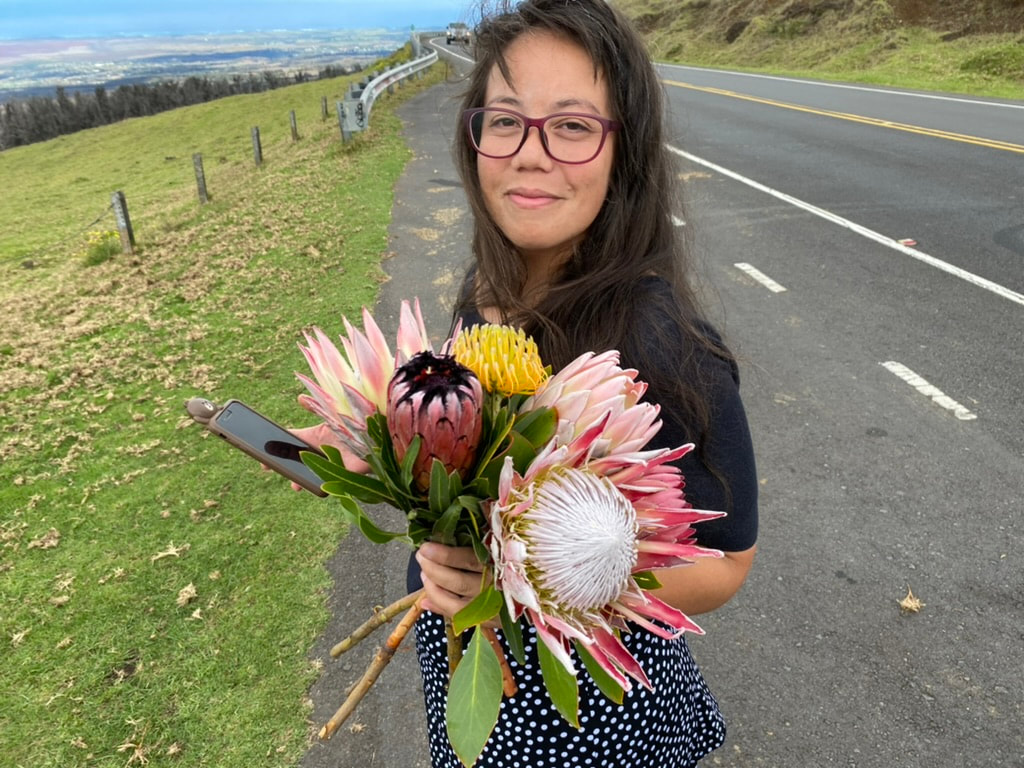
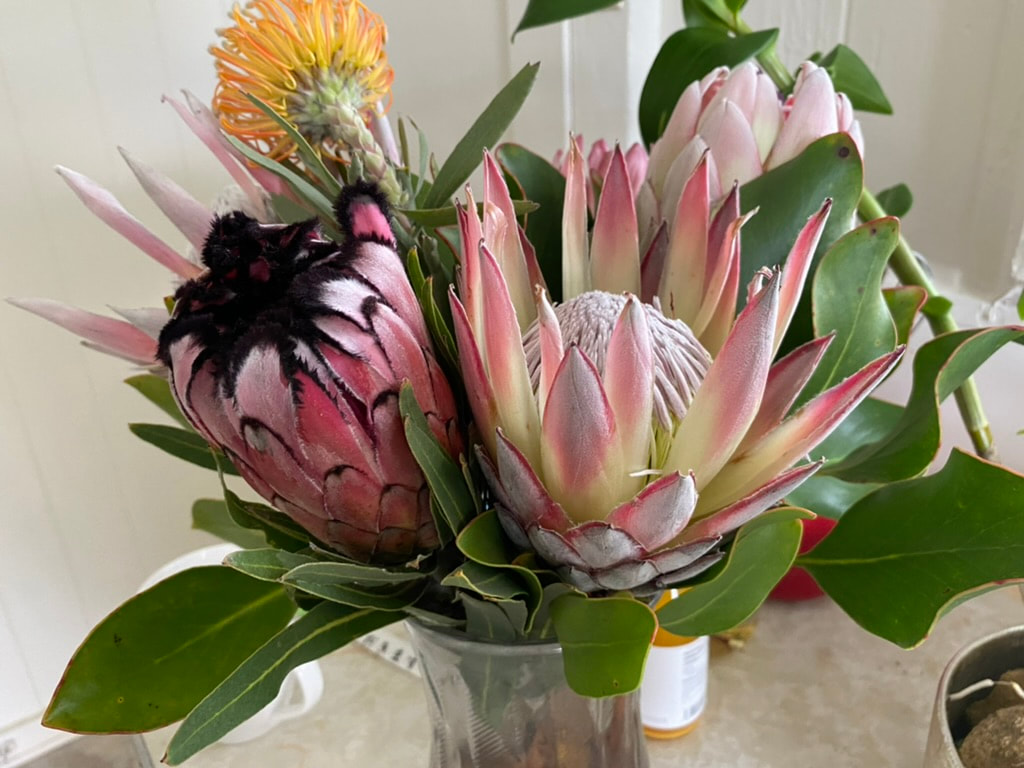
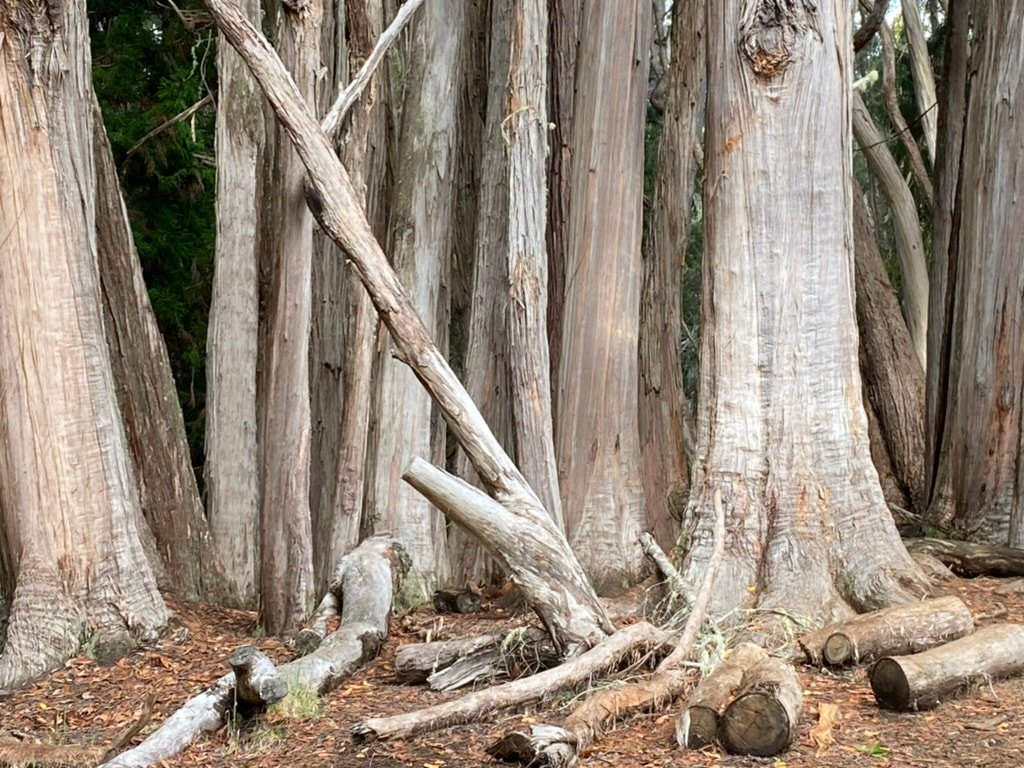
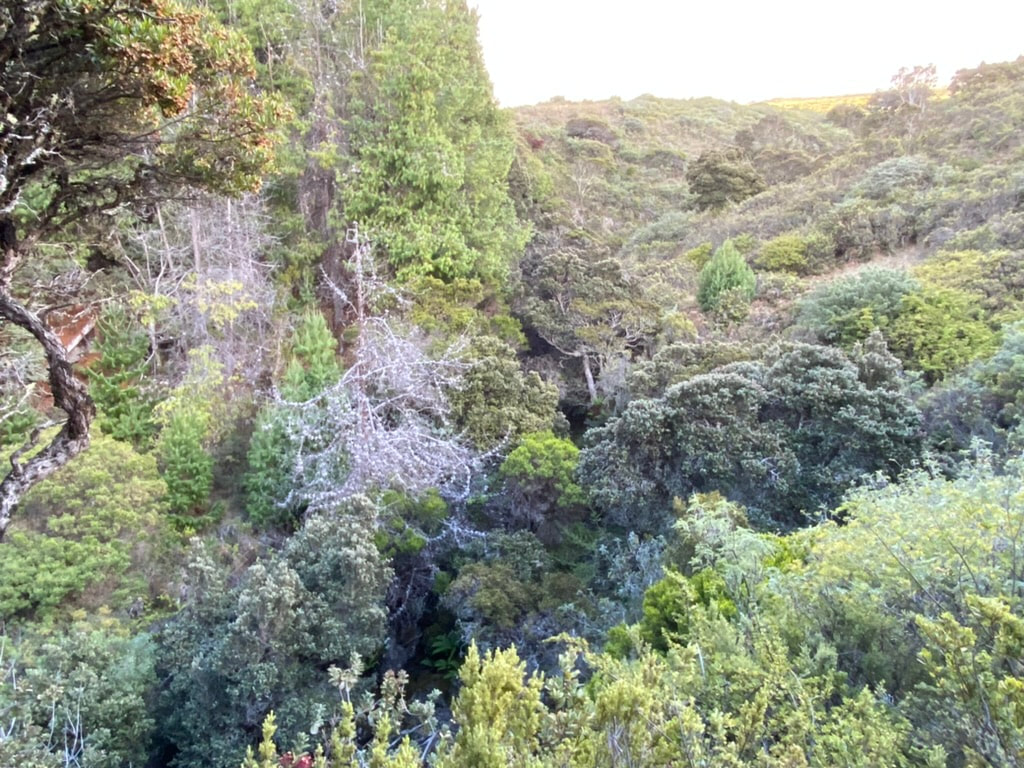
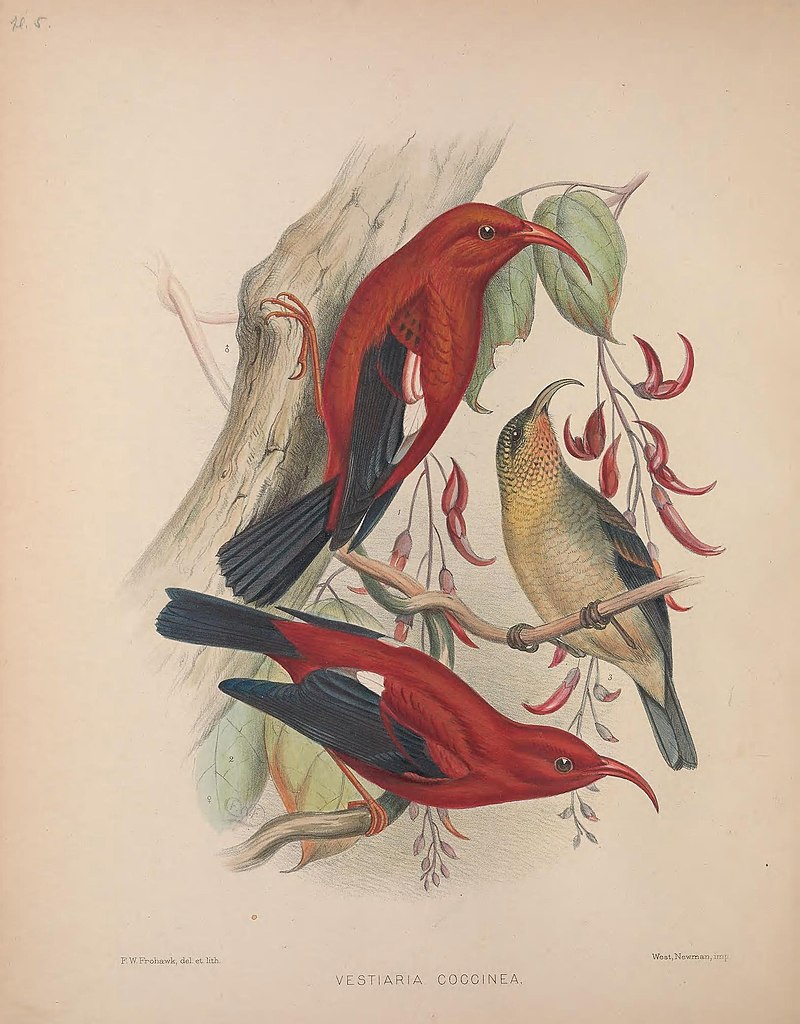
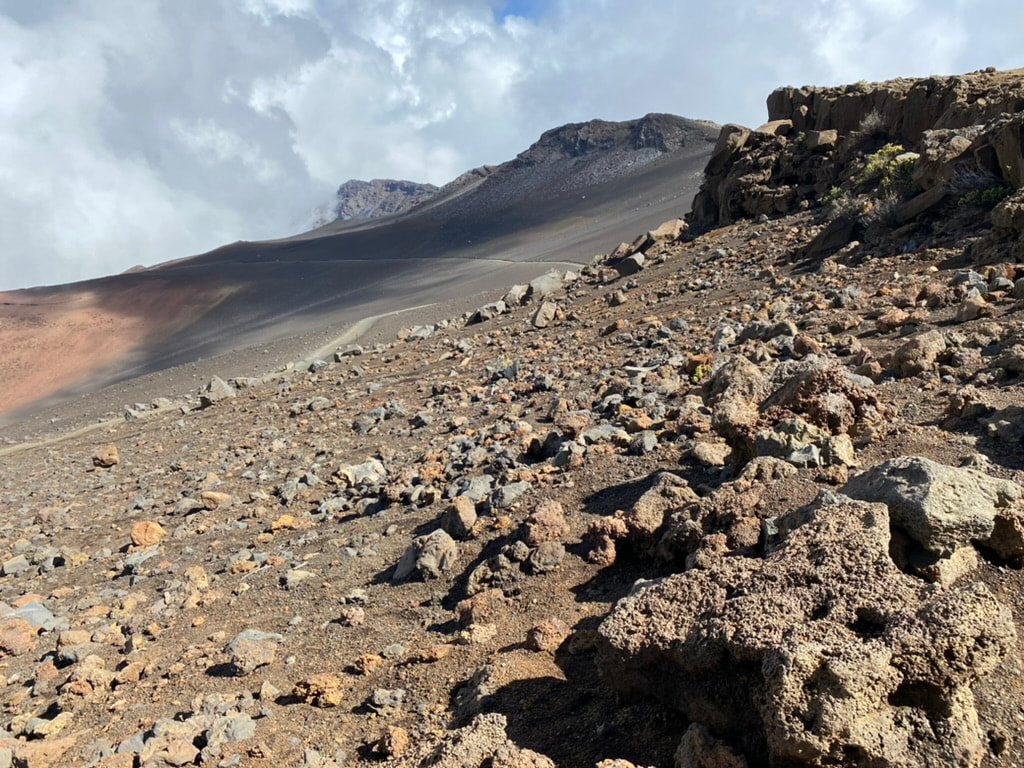
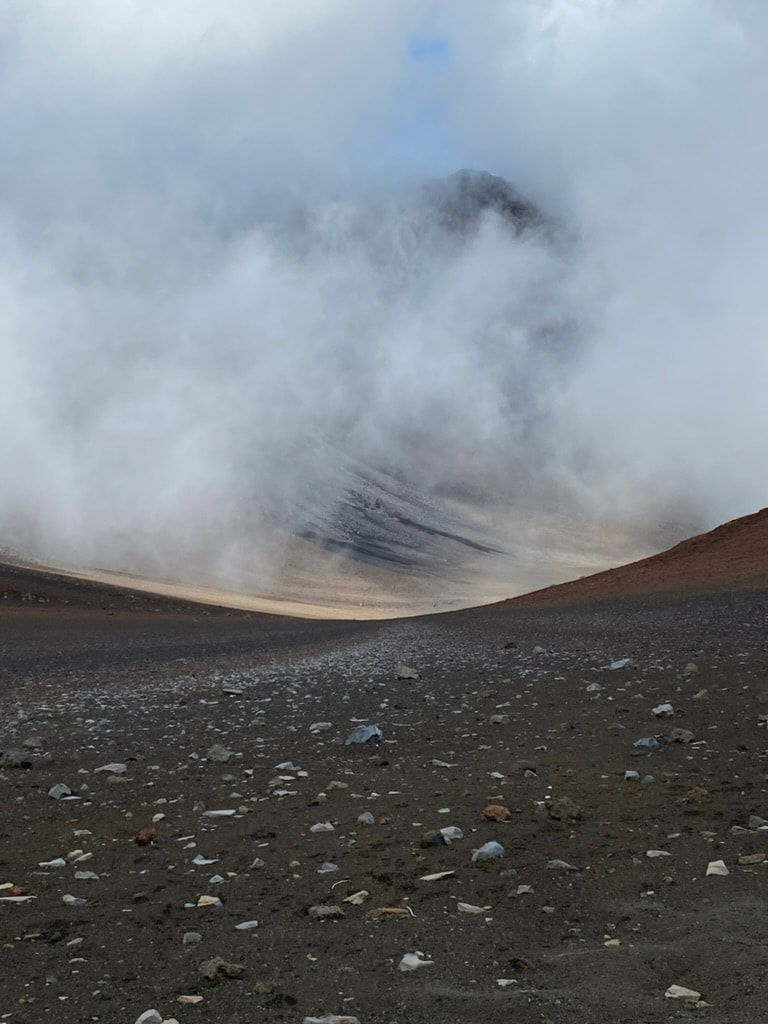
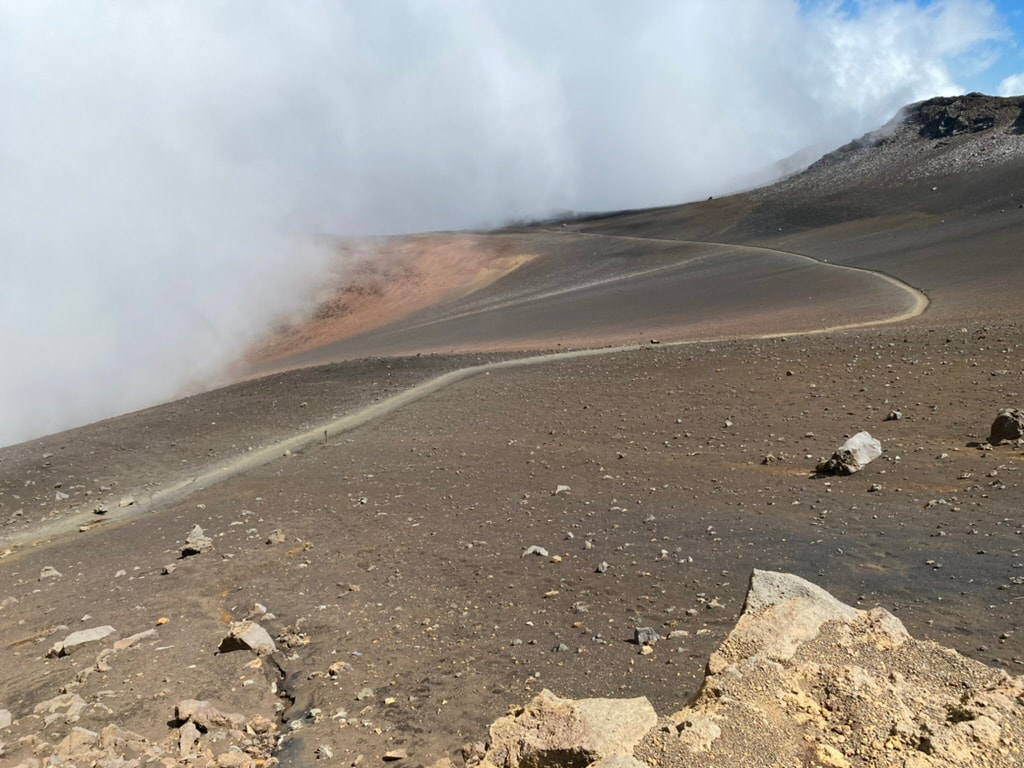
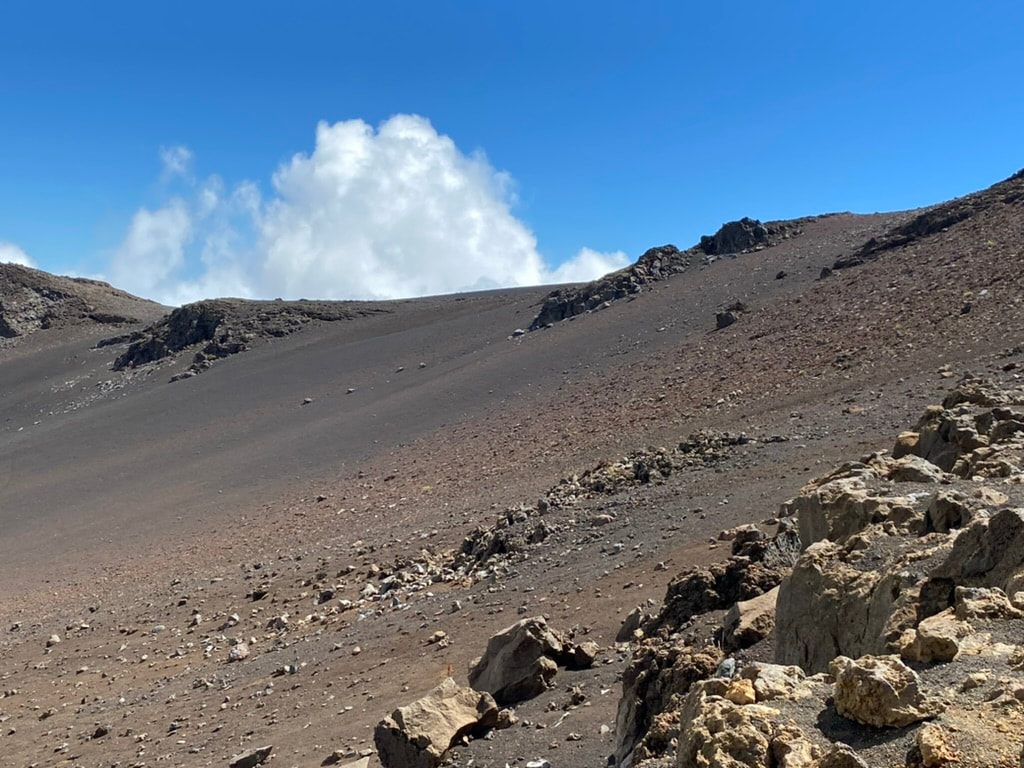
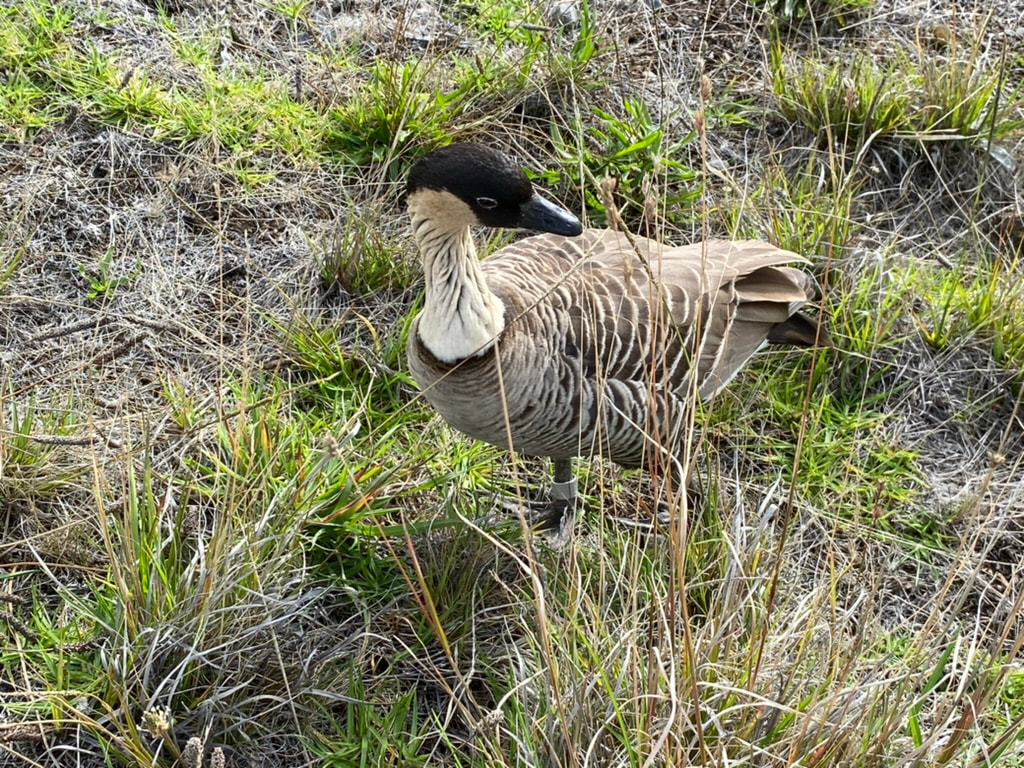
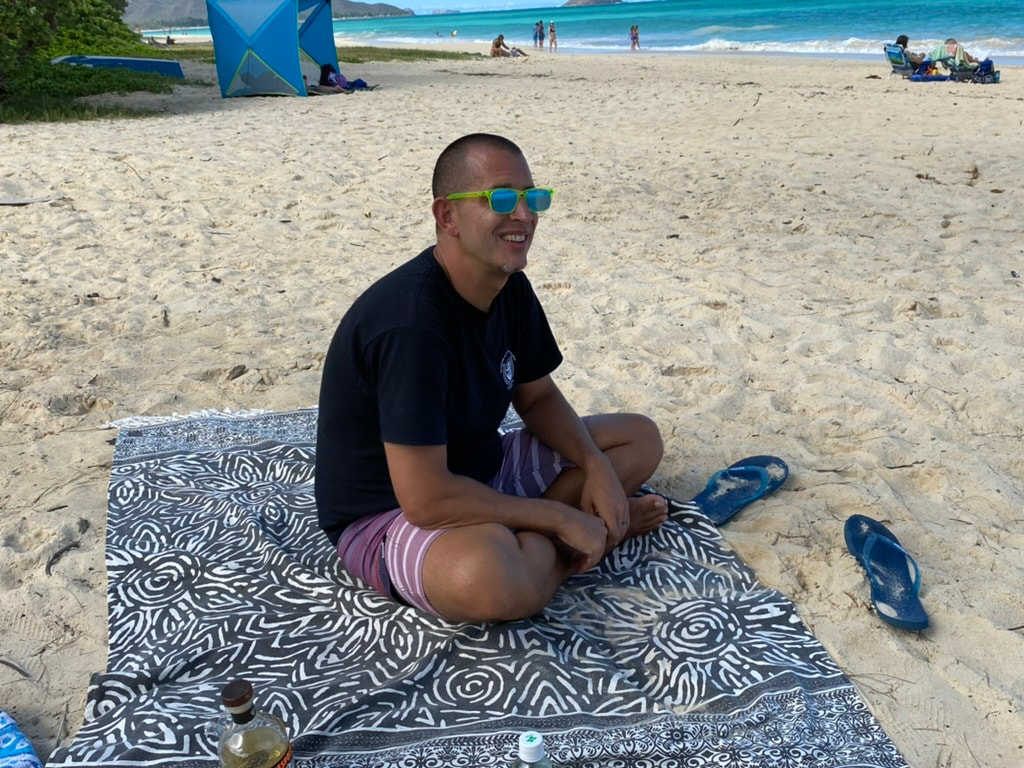
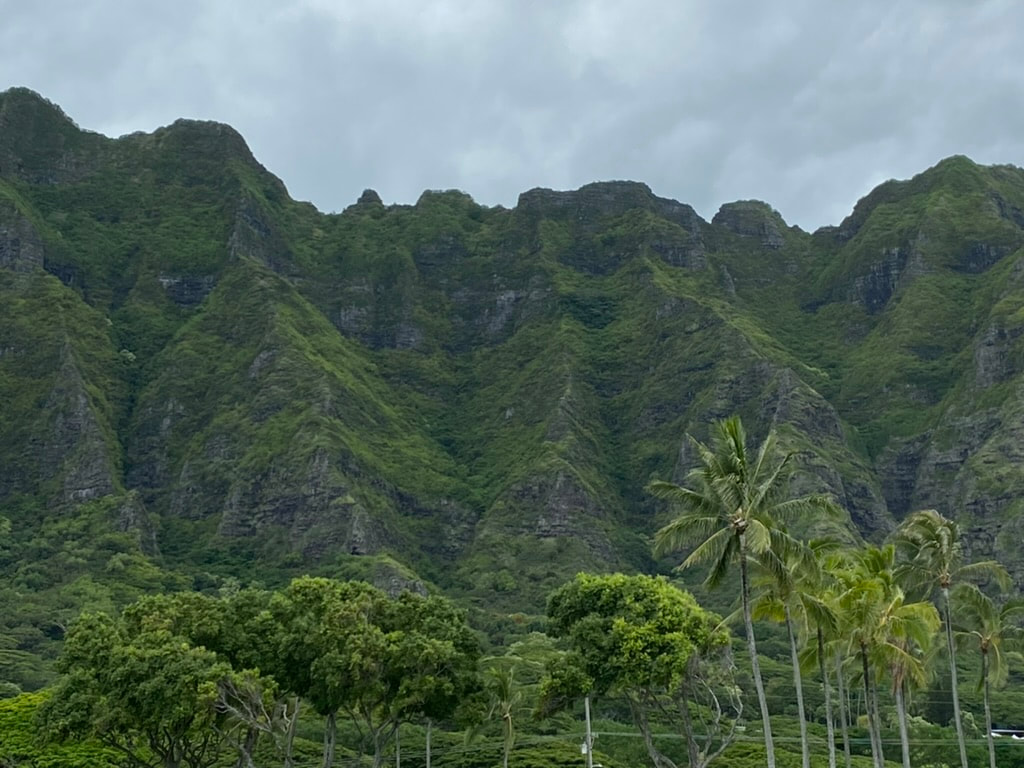

 RSS Feed
RSS Feed